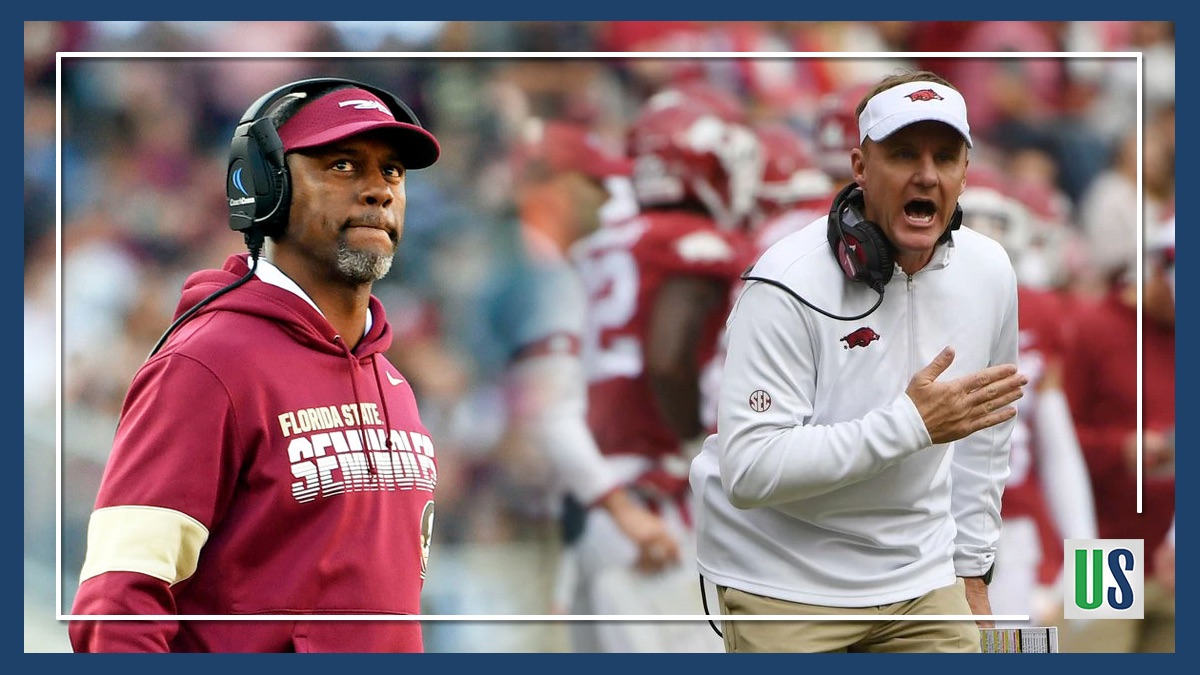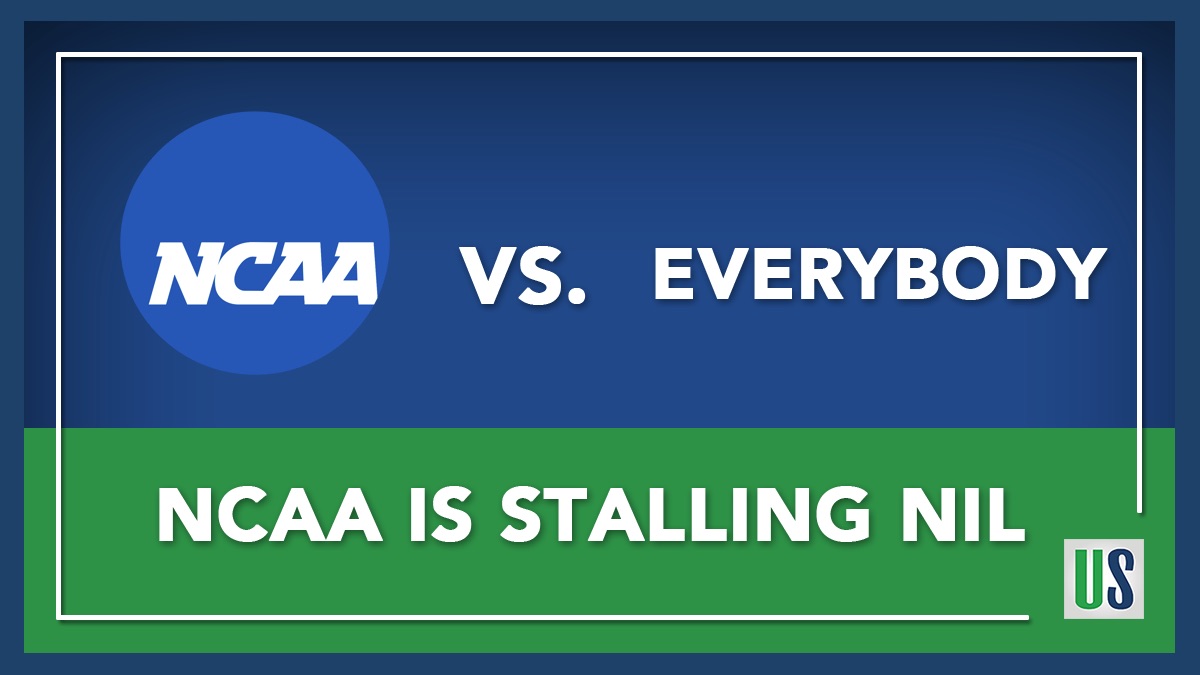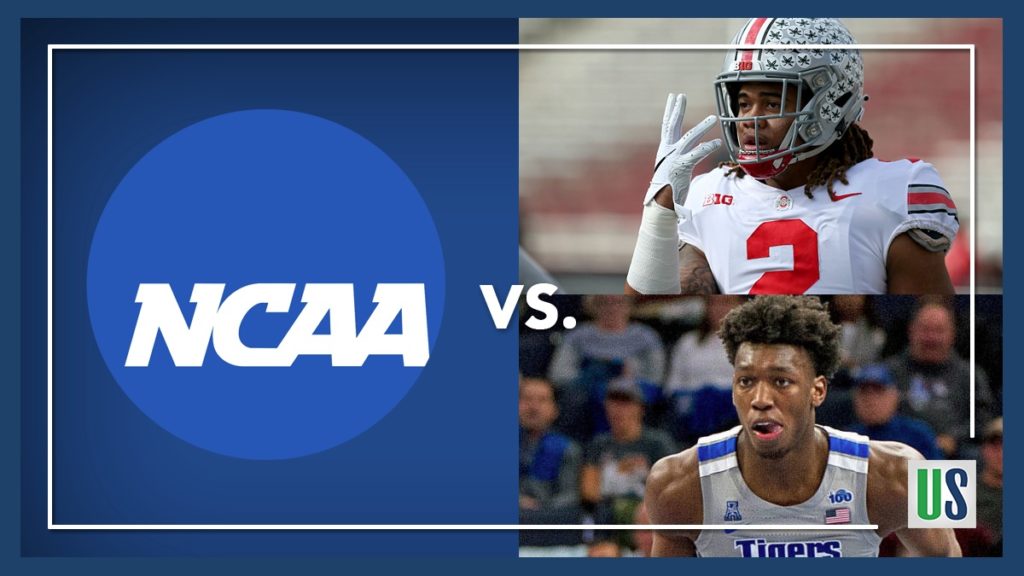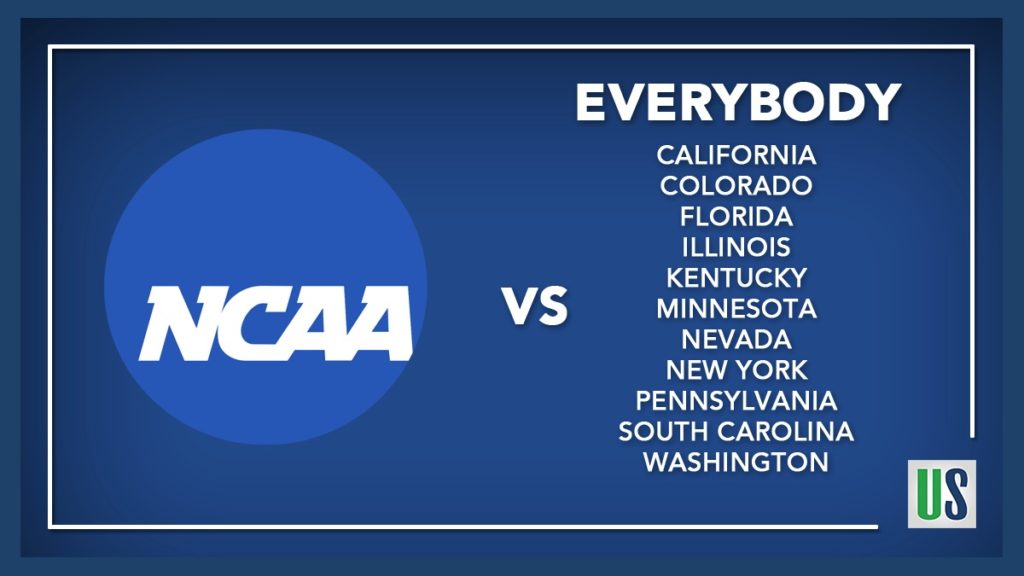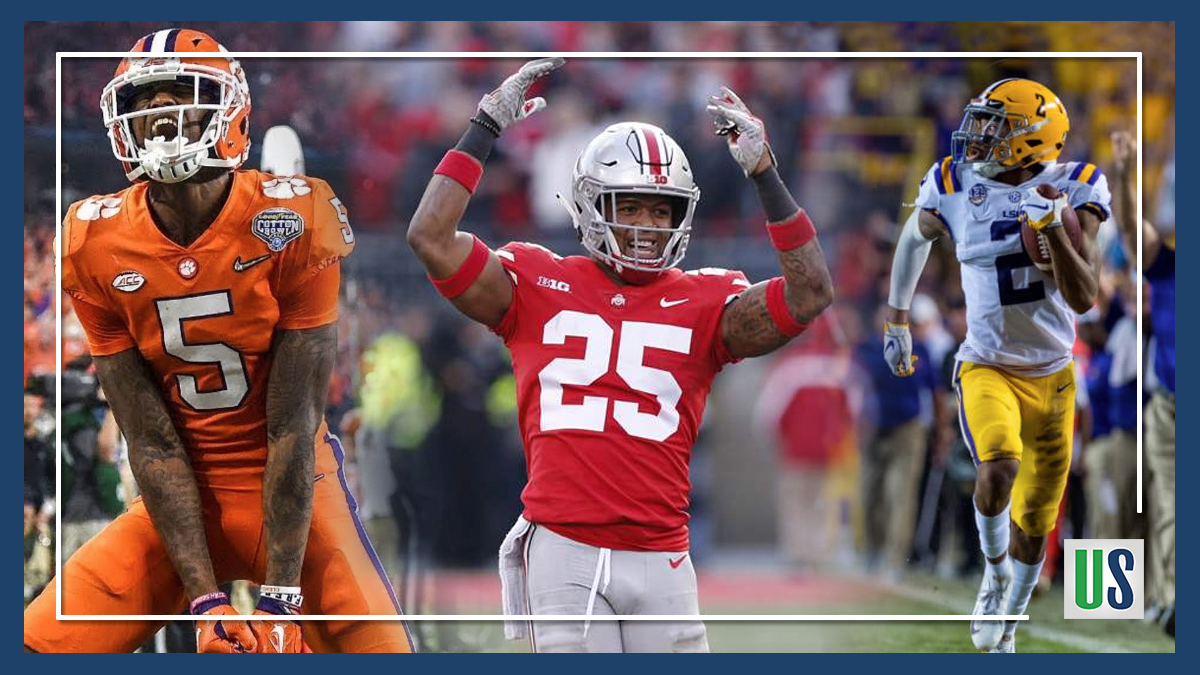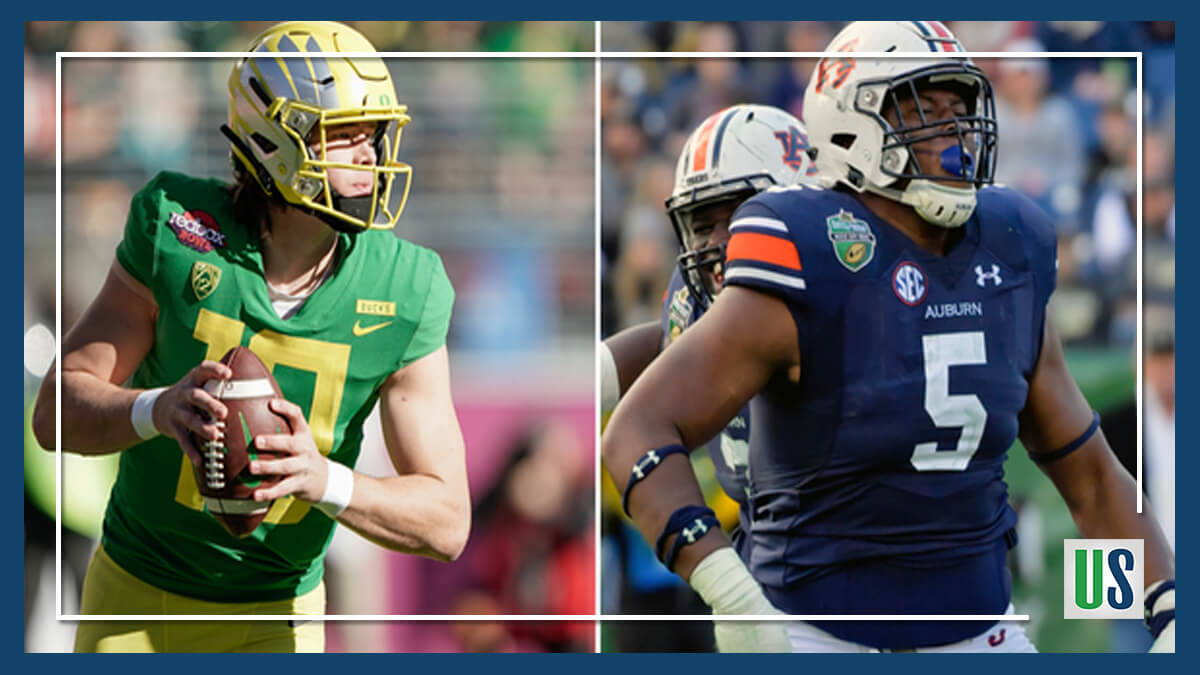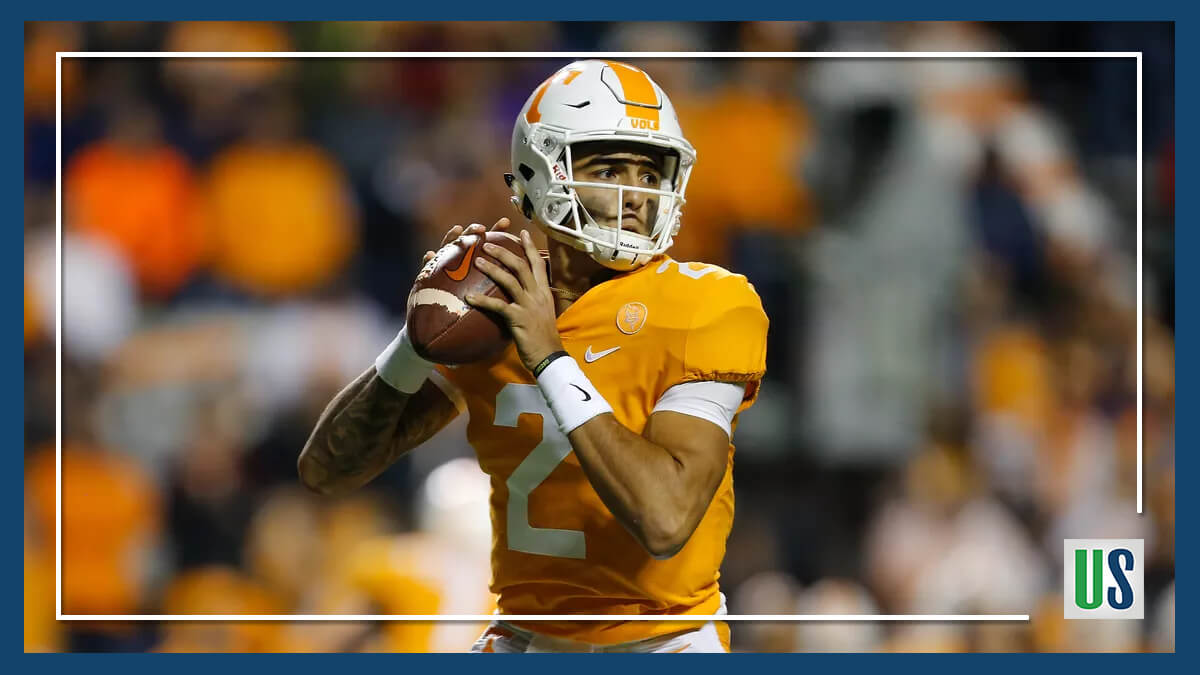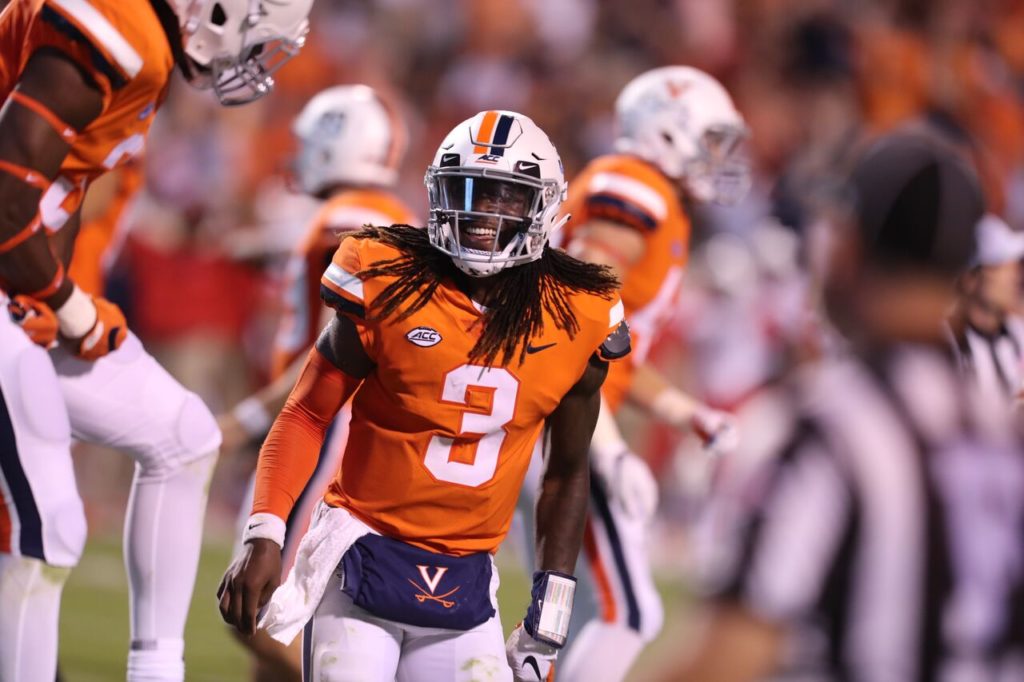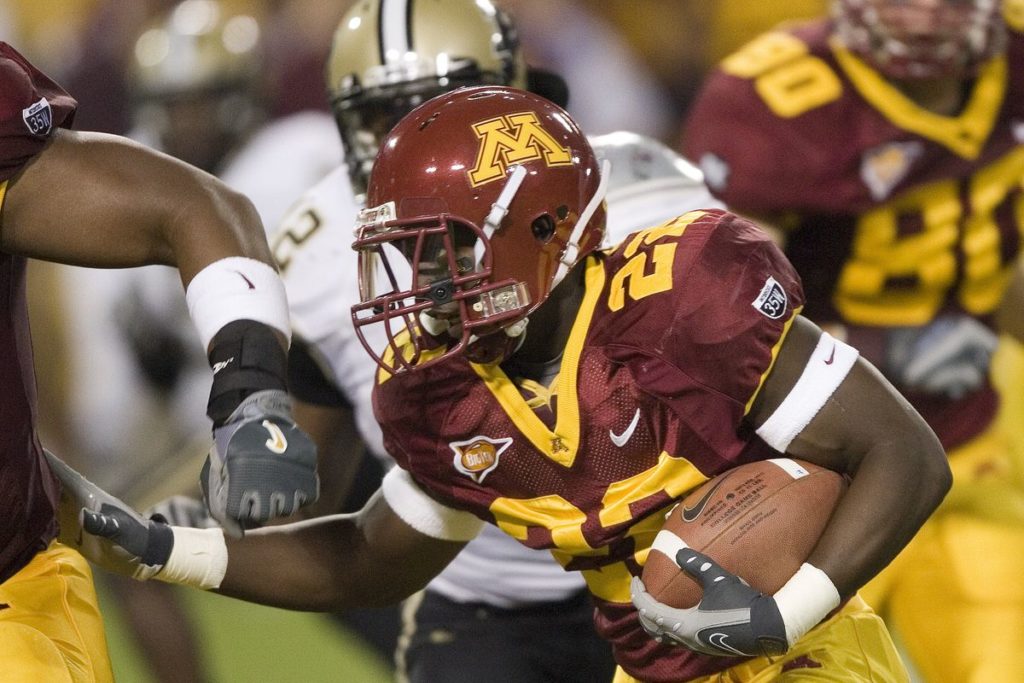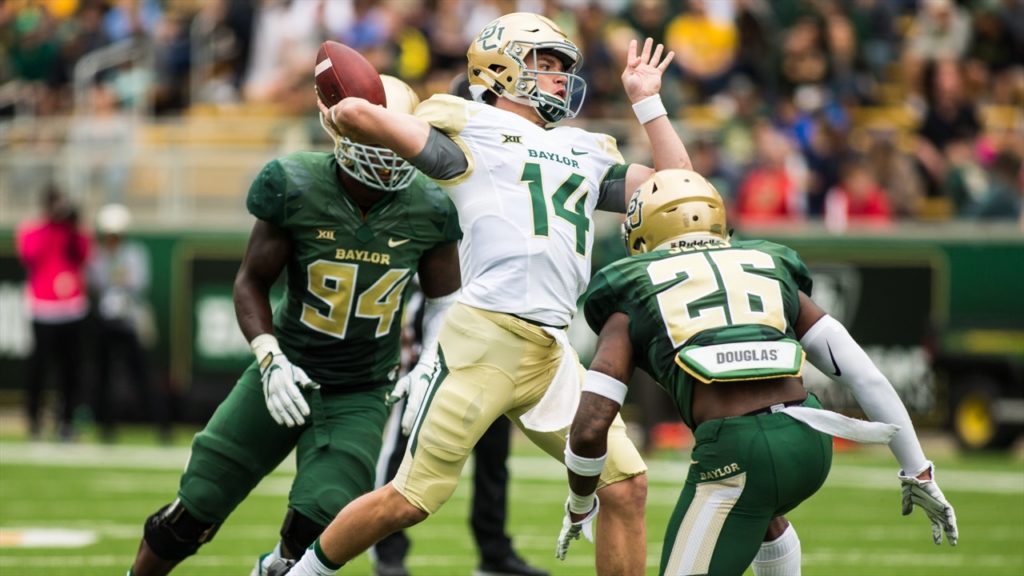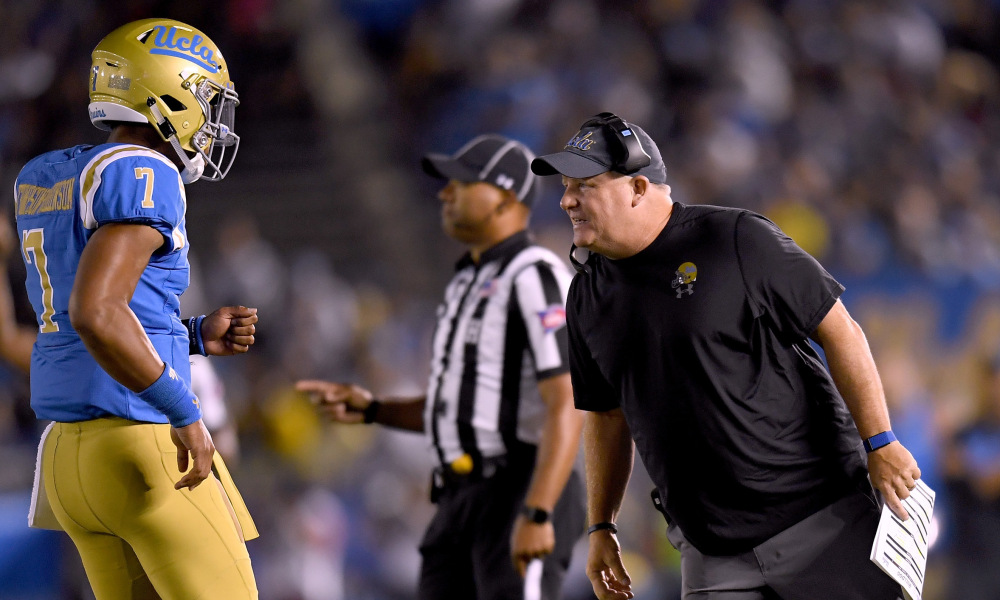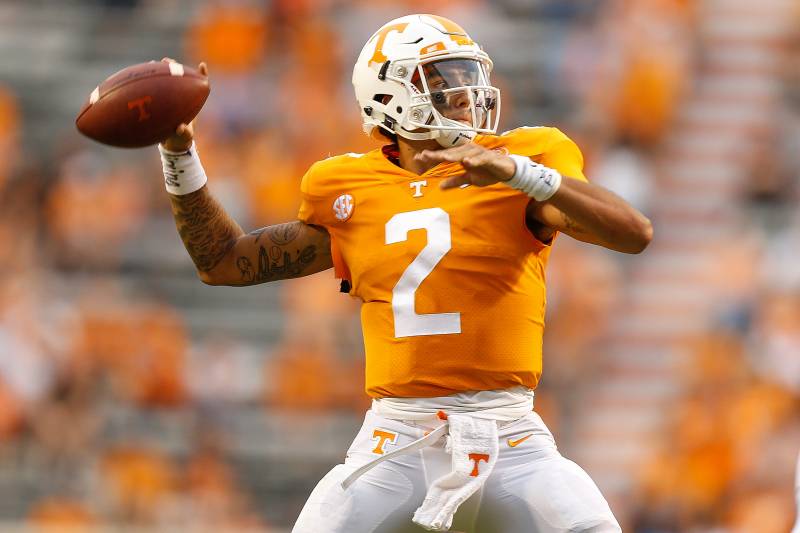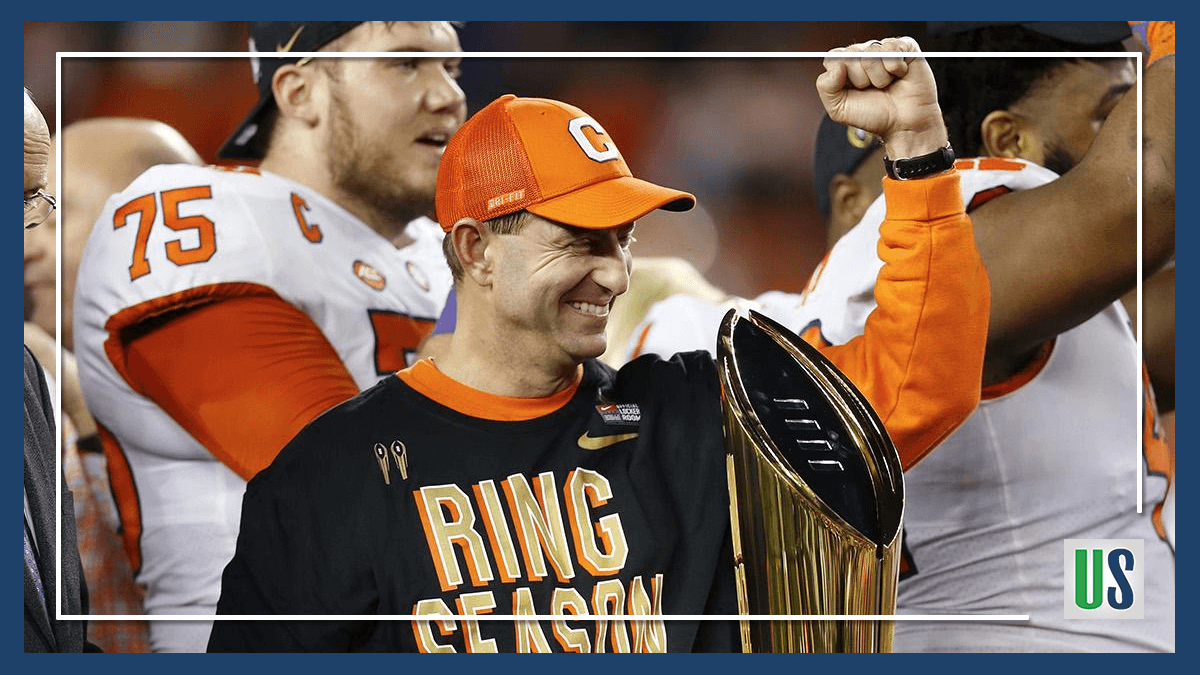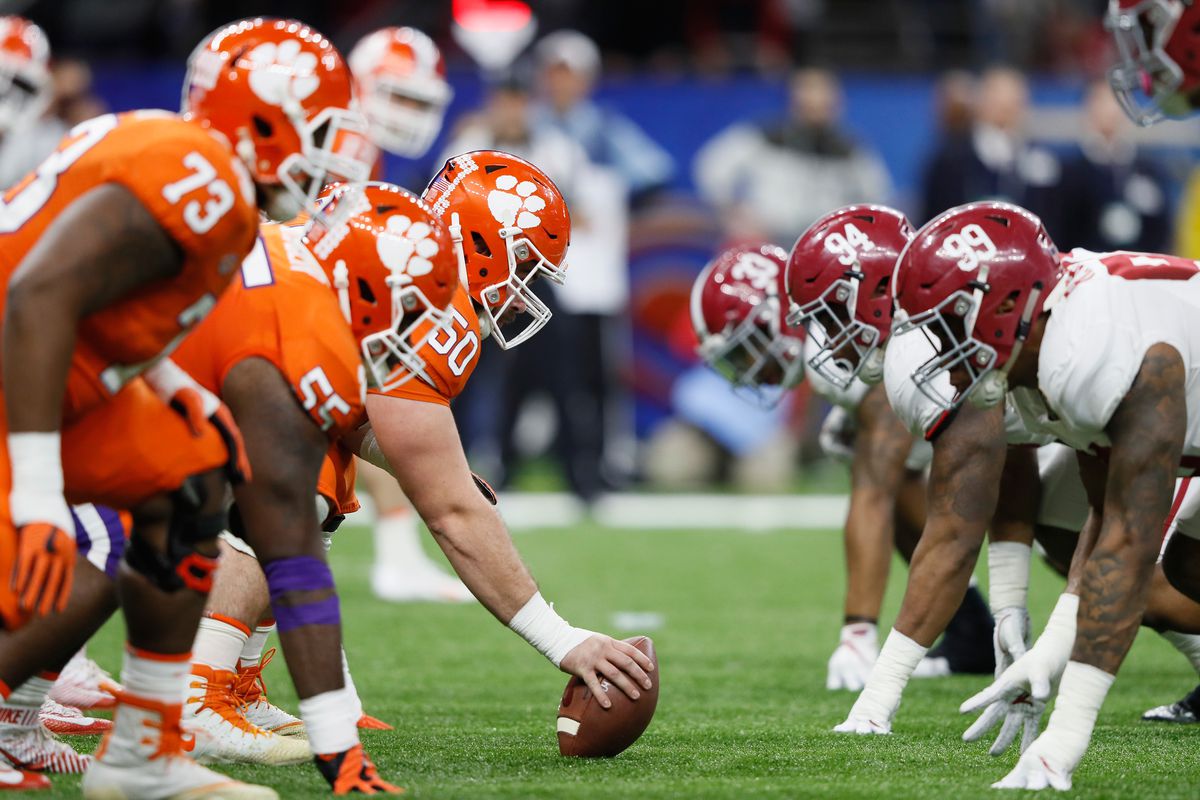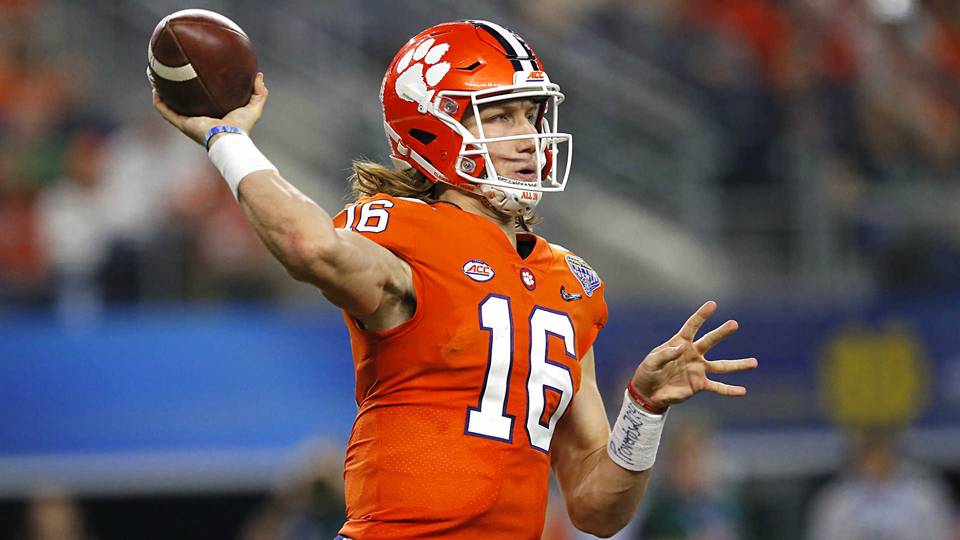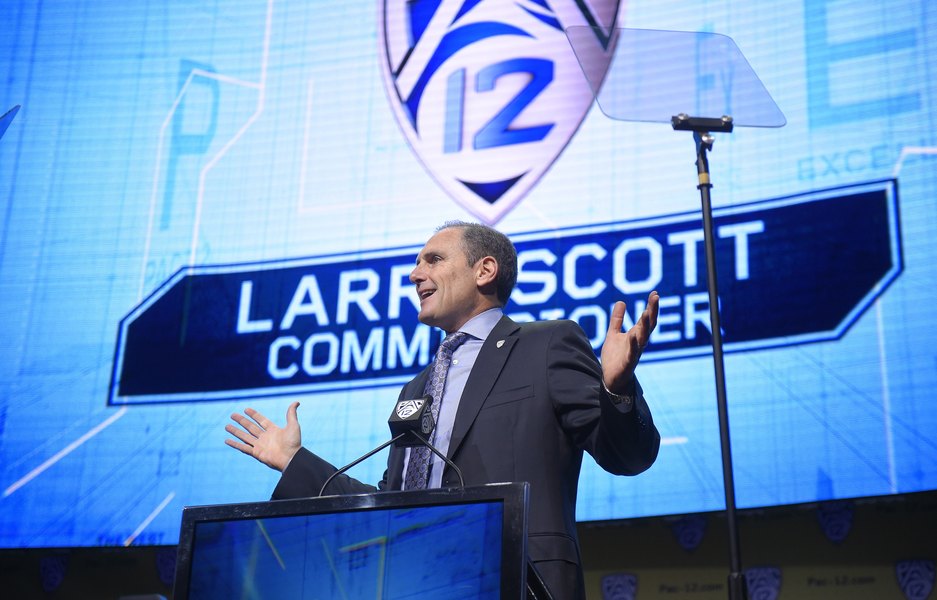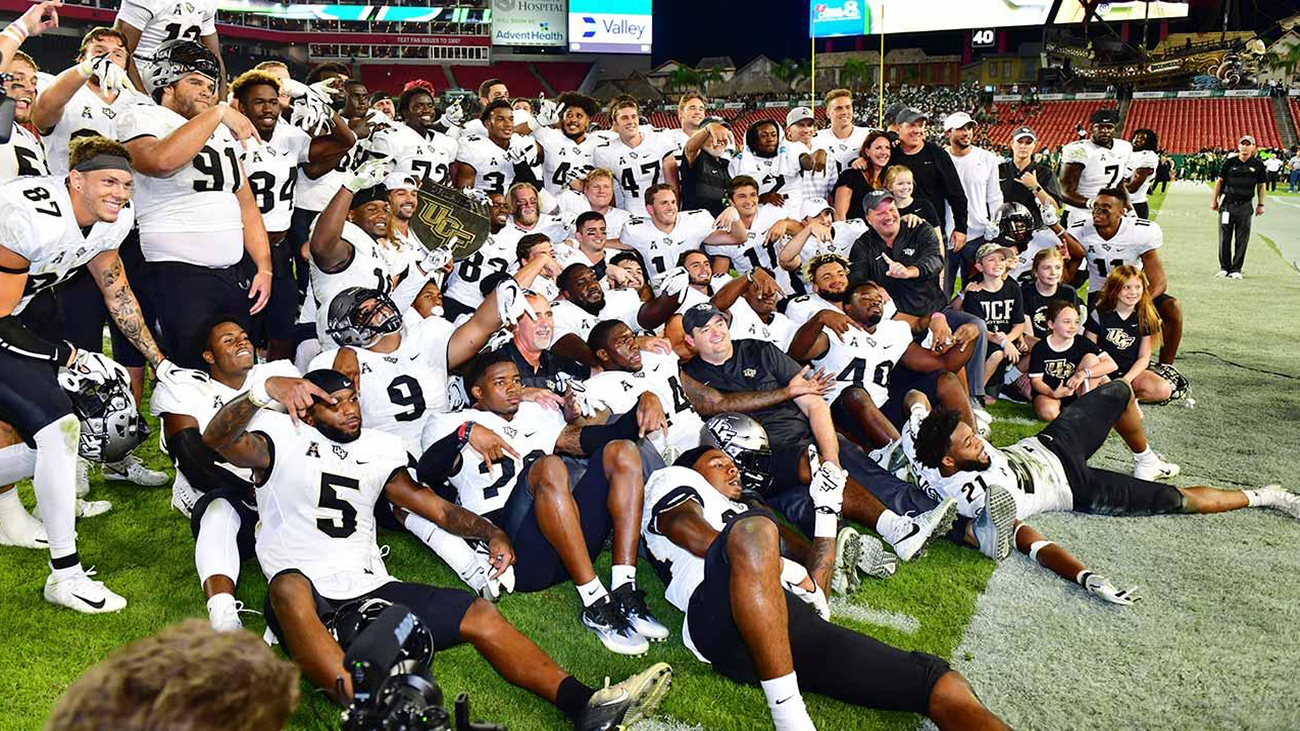Tis’ Coach Firing Season
Willie Taggart, Chad Morris, and Matt Luke are all college football coaches who were fired, while Clay Helton, Will Muschamp, and Kevin Sumlin were all retained. It is abundantly clear that many college football programs do not make good decisions when it comes to deciding whether to retain or fire their head coaches. So I am here to help. I have come up with a simple, absolutely genius, and foolproof Coaching Test to determine whether or not your head coach needs to be fired. Thanks to social media, fans, and boosters that scream about wanting their coaches fired are now heard except at USC. More often than not get their wish granted.
2019 Coaching Changes
As of December 12th, there have been 15 FBS head coaching jobs that have come open. All of the schools fired their coaches except two. Chris Petersen (Wash) and Jeff Tedford (Fresno St) unexpectedly resigned.
The Power 5 firings happened at Arkansas, Missouri, Florida State, Ole Miss, Boston College, and Rutgers (Is it ok to call them Power 5).
None of these coaching changes were unexpected, but were they justified? Often, coaches are on an extremely short leash and are expected to win now despite the dysfunction they inherited. College football fans and school administrations demand microwave results for problems that took years to make.
Fans and boosters have called for Clay Helton (USC), Tom, Herman (TEX), Gus Malzahn (AUB) fired. But should they be gone as well?
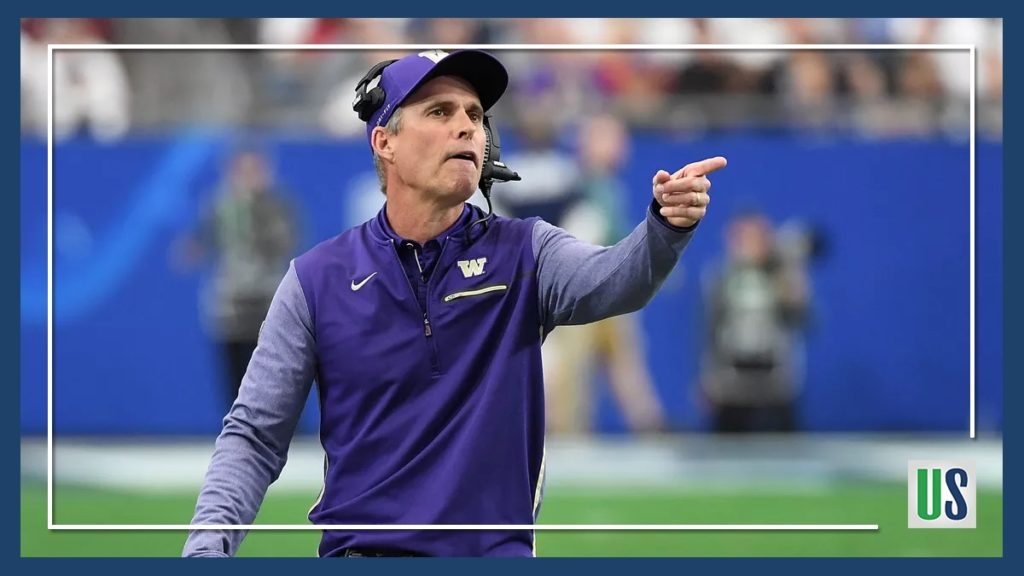
Cost of firing a coach
With some coaches having enormous buyouts, there are obvious financial ramifications to firing a head coach. For instance, for USC to fire Clay Helton they would have to pay out over $20 million for him and his assistants remaining contracts. Kevin Sumlin is another name that rings a bell. The school just paid Rich Rodriguez a buyout and is probably reluctant to pay another so soon.
In addition to financial ramifications of firing the coach, there is often a lot of uncertainty when you don’t know who the next head coach is going to be. Many fan bases that have called for their coaches to be fired are learning a hard lesson. You may get your wish with your coach being fired, but your new coach may be from the “scratch and dent bin.” There are good coaches in the scratch and dent bin, but they aren’t perfect and have some unsuccessful times in their history. But you got what you wanted, a new coach.
Most importantly, recruiting classes are often destroyed when recruits believe a coach will be fired. No matter how good a coach is, he cannot win without players.
Unafraid Show Coaching Test
Every head coach needs to be reevaluated every season. It does not matter whether the coach went undefeated and won the championship or went defeated and zero games. You only need to answer two questions to know whether your coach needs to be fired or not.
Listen to the Best Pac-12 Football Podcast
Number one:
Is there a coach that is guaranteed to take your job that is better than your current coach? Example: James Franklin is the head coach at Penn State. In fact, they just gave him an extension. He is winning football games while recruiting well, but PSU would fire him without a second thought if Dabo Swinney or Nick Saban were walking through that door. Often coaches are fired, and the schools have no clue who will replace him. I believe that is part of the reason USC did not fire Clay Helton. They kicked the tires on Bob Stoops and Urban Meyer but ultimately couldn’t get a deal done. So, Helton lives to “fight on” for another day.
Coaches are more often valuing the stability at a top 11-25 job rather than jumping at the chance to coach a top 10 team.
Number Two:
Is there still hope? Can your current coach go into the living rooms of 17-21-year-old players and sell them and their parents on the fact that the future of your program is brighter than the past? Can you make them buy-in, believe, and go all-in with you? If you can’t answer both of these questions in the affirmative, then you need a head coaching change. The Unafraid Coaching Test is a simple and foolproof test. If Athletic Directors and administrators answered these two simple questions every season, they wouldn’t consistently mess up their programs.
This method of determining whether to keep or fire your coach is an easy explanation for the boosters and other influential people around your program. It will keep the waters from being muddied by people with personal agendas and faulty reasoning. When Athletic Directors and administrations listen to the mob of angry fans, they mess up their programs by firing a coach too prematurely, or they rely on their gut/pride and keep the coach too long. The angry mob of fans and boosters change their minds like the wind; their opinions cannot be trusted in the short term. Think about this. Last year Florida State fans couldn’t wait to get Jimbo Fisher out and Willie Taggart in. Now, they would happily take Jimbo back. Texas fans were unsure about Tom Herman’s prospects as head coach. Now the Longhorns fanbase is smiling. Here are a couple of common questions I got when I explained this on the Pac-12 Apostles Podcast:
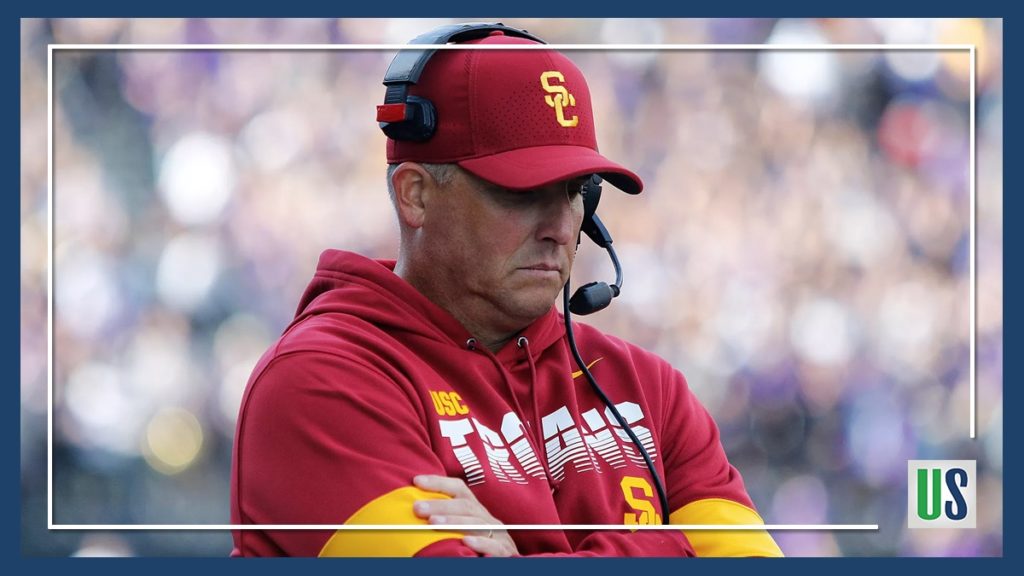
What if the coach is winning, but he can’t recruit?
If your coach can’t recruit, then he can’t win long term. If he can’t win, there will be a loss of hope. When the loss of hope happens, fire your coach. Don’t fire a winning coach!
Those people that tell you “recruiting stars don’t matter” are delusional. There is no coincidence that the best teams in college football every year finish at the top of the recruiting rankings.
What if the coach recruits well, constantly goes 8-5 or 9-4, and can never get you “over the hump”?
This is clearly referring to the coaches like Tom Herman and Mark Dantonio. These coaches are expected to compete for conference championships and sometimes be in the national championship conversation. Coaches that consistently recruit well stay in around 8-9 wins per season. They are really close to breaking through and will eventually win the conference. But, fan bases aren’t happy with nine wins per season. They want a maximum of one loss per season. It is damn near impossible to put up win totals like Nick Saban every year.
Next time you get into a discussion about whether or not the coach of your favorite college football team needs to be fired refer to the Unafraid Coaching Test.

